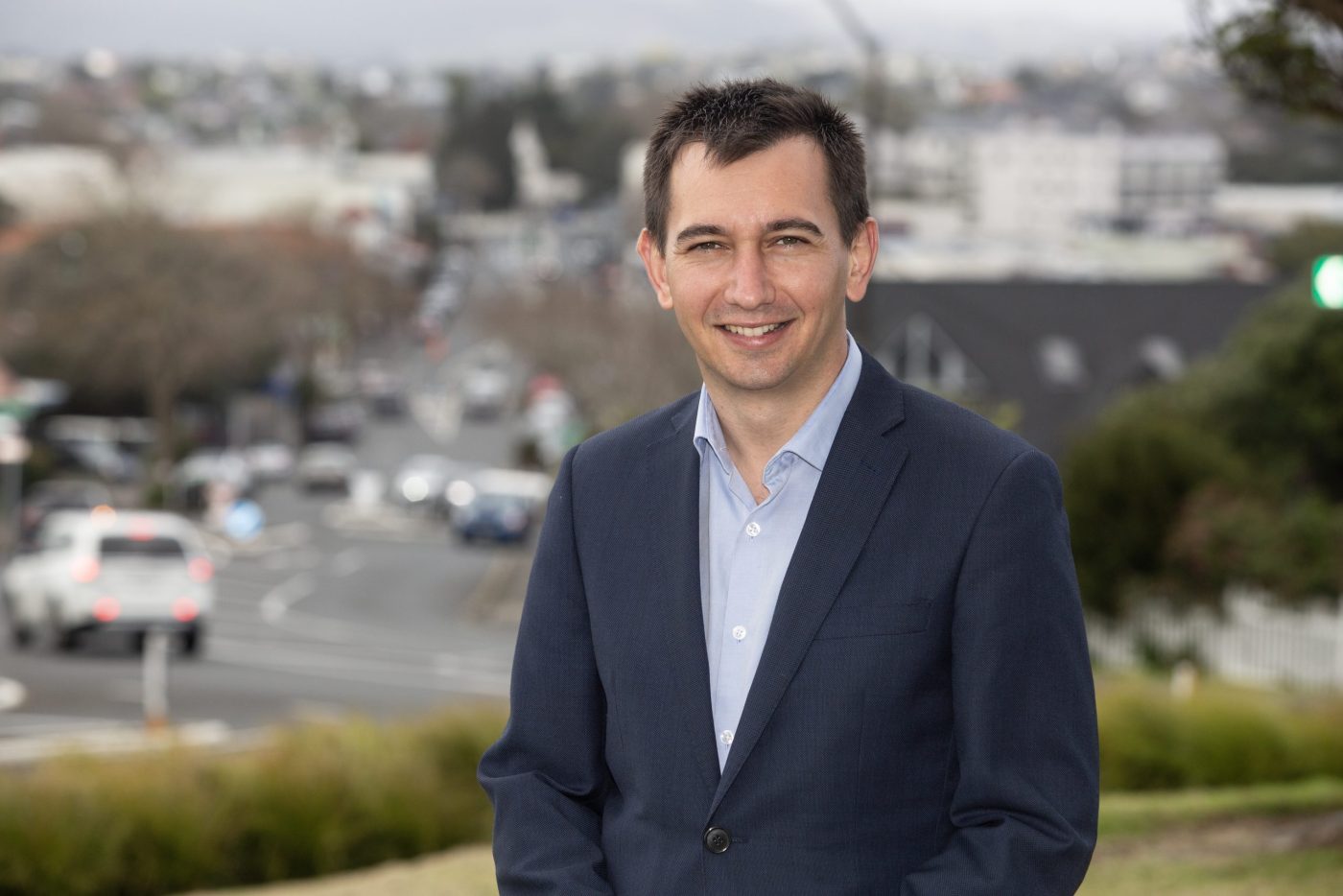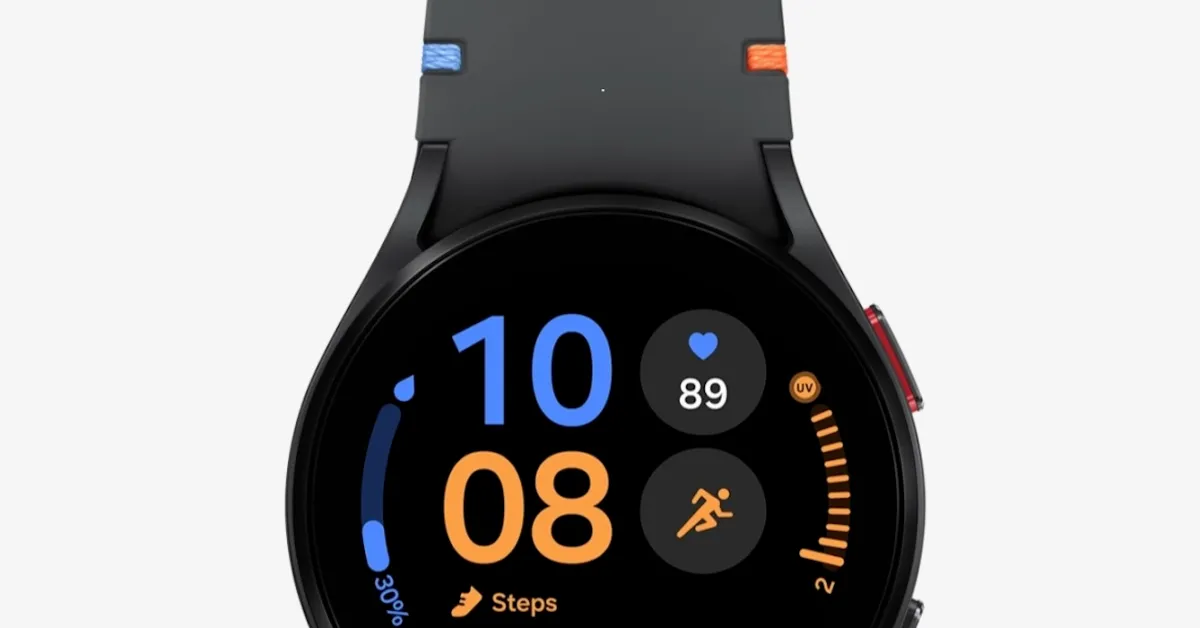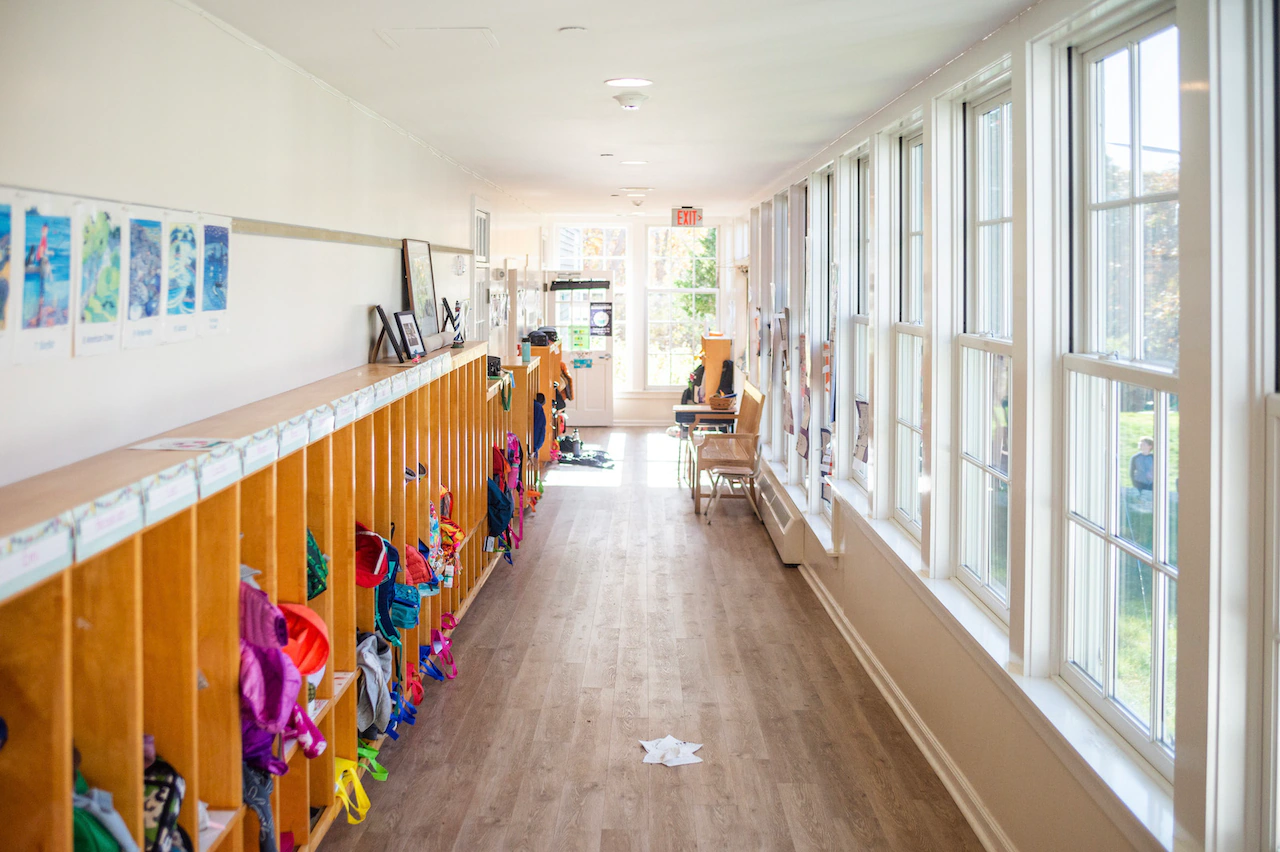Copyright times

Health Minister and Pakuranga MP Simeon Brown says the starting age for free bowel screening has been lowered from 60 to 58 years old in Auckland, Northland, and the South Island, with the rest of the North Island to follow in March next year. “Earlier this year, I confirmed the Government’s commitment to lowering the bowel screening age to match Australia, so fewer New Zealanders die from bowel cancer. “The first step is lowering the eligibility age from 60 to 58. This means thousands more people will have access to life-saving testing, giving them the best chance of having bowel cancer detected early, when it can often be successfully treated.” Lowering the starting age to 58 will see 122,000 people become eligible for free screening in the first year alone, Brown says. Over the next 25 years, this change is expected to prevent 771 bowel cancers and save 566 lives. All newly eligible people nationwide will be invited for free screening by March, 2027. The Government is also introducing a new nationwide pathway called the FIT for Symptomatic test, he says. “This is a simple, non-invasive home test that uses a stool sample to check for traces of blood – an early warning sign of bowel cancer. “It’ll allow anyone of any age with bowel cancer symptoms referred to a specialist to quickly assess their risk without needing to wait for a colonoscopy.” The FIT for Symptomatic pathway will be introduced in Counties Manukau over the next two months, ahead of a nationwide rollout next year. It’s expected to reduce colonoscopy referrals by 30 to 60 per cent. Brown says the Government has also recently announced a diagnostic uplift package that’ll deliver 7100 extra colonoscopies through to July, 2026, helping to meet rising demand and ensure timely treatment. “In addition, we’re investing $19 million in initiatives to lift screening rates among populations with low participation rates. “This includes targeted promotional and engagement campaigns, new online resources to support conversations about screening, and making it easier to return test kits through community laboratories.”



